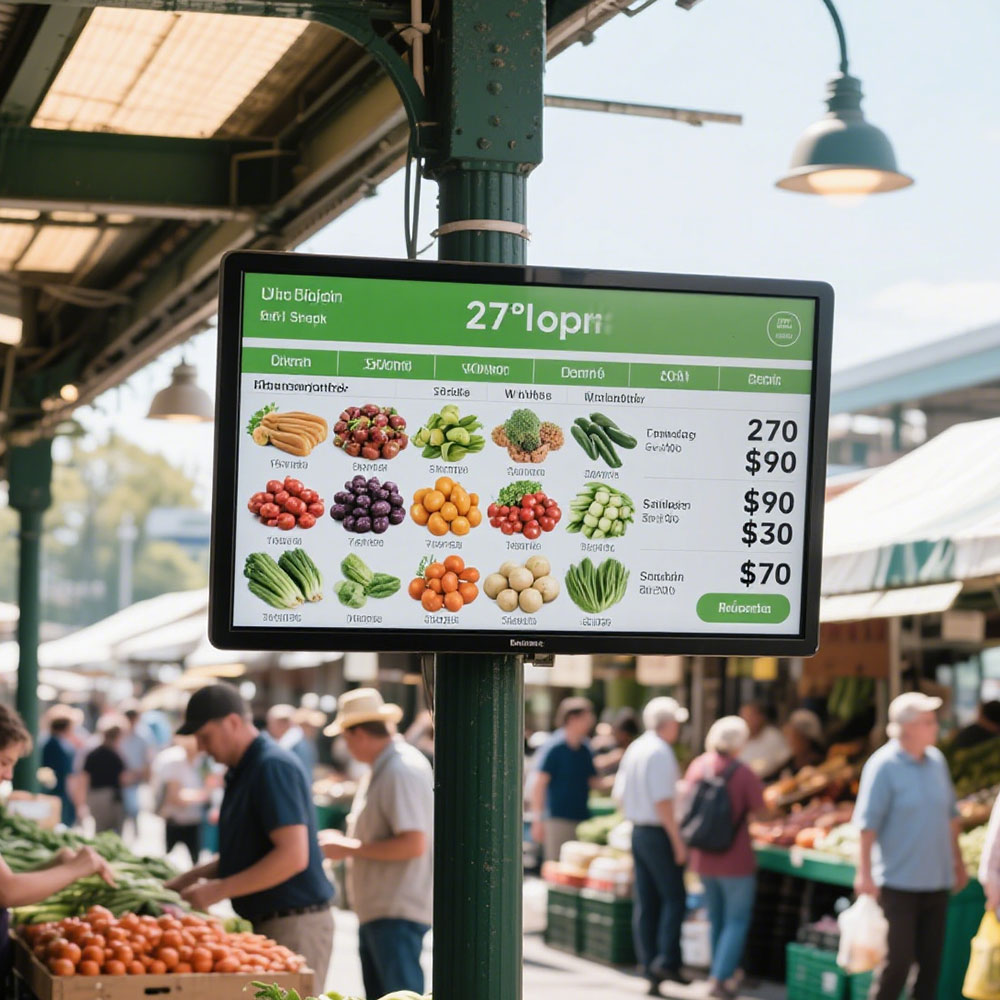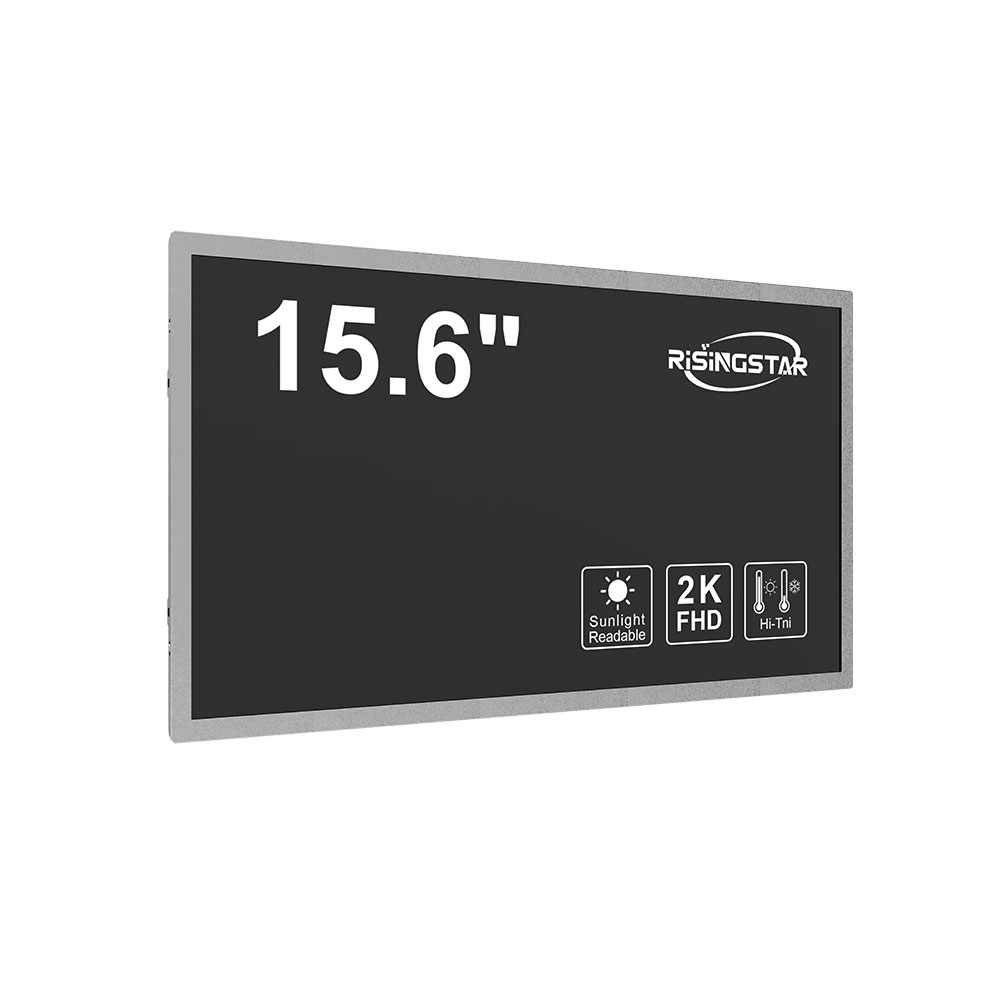Outdoor LCD screens are critical for digital signage in environments ranging from retail storefronts to public transportation hubs. To ensure long-term performance, visibility in sunlight, and resistance to harsh weather conditions, selecting the right outdoor LCD screen requires a deep understanding of technical specifications, environmental factors, and real-world applications.
Introduction

The demand for outdoor digital displays has surged globally due to their effectiveness in advertising, wayfinding, and real-time information delivery. However, not all LCD screens are suitable for outdoor use. Unlike indoor counterparts, outdoor models must withstand extreme temperatures, humidity, UV exposure, and physical impacts—making material quality, brightness, and protective coatings essential considerations. According to a 2023 report by MarketsandMarkets, the global outdoor digital signage market is projected to reach $45 billion by 2028, driven largely by advancements in display technology and increasing urbanization.
Main Body
First, brightness is paramount. Outdoor LCD screens must achieve at least 5,000 nits of peak brightness to remain visible under direct sunlight—a standard set by industry benchmarks such as the SMPTE (Society of Motion Picture and Television Engineers). For example, a typical indoor screen offers only 300–500 nits, which is insufficient outdoors. Higher brightness levels ensure content clarity without glare or washed-out colors.

Second, weatherproofing matters. Look for an IP65 or higher rating for dust and water resistance. This certification ensures protection against rain, snow, and even high-pressure cleaning. Additionally, using ruggedized aluminum frames and tempered glass enhances durability against vandalism and accidental impacts.
Third, thermal management is often overlooked. Outdoor screens operate in wide temperature ranges—from -30°C to +60°C—so built-in cooling systems and heat dissipation materials (like thermal grease and heatsinks) prevent overheating. A study published in IEEE Transactions on Components, Packaging and Manufacturing Technology (2022) found that proper thermal design can extend screen lifespan by up to 40%.
Fourth, display technology choice impacts both image quality and longevity. LED-backlit LCDs offer better energy efficiency than CCFL, while OLEDs provide superior contrast but may degrade faster in high-UV environments. For most outdoor applications, full-color LED-backlit LCDs with IPS panels strike the best balance between cost, performance, and reliability.
Finally, installation and maintenance should be factored into procurement decisions. Mounting brackets, power supply redundancy, and remote monitoring capabilities reduce downtime. Companies like Samsung and LG now offer cloud-based diagnostics tools, allowing real-time troubleshooting and firmware updates—key for large-scale deployments across cities or campuses.
Conclusion
Choosing the right outdoor LCD screen isn’t just about buying a bigger screen—it’s about matching technical specs to environmental demands. By prioritizing brightness, durability, thermal resilience, and smart features, businesses can ensure reliable, high-impact visual communication in any climate. With growing adoption across industries—from smart cities to stadiums—the future of outdoor displays lies in intelligent, robust, and user-centric design.







